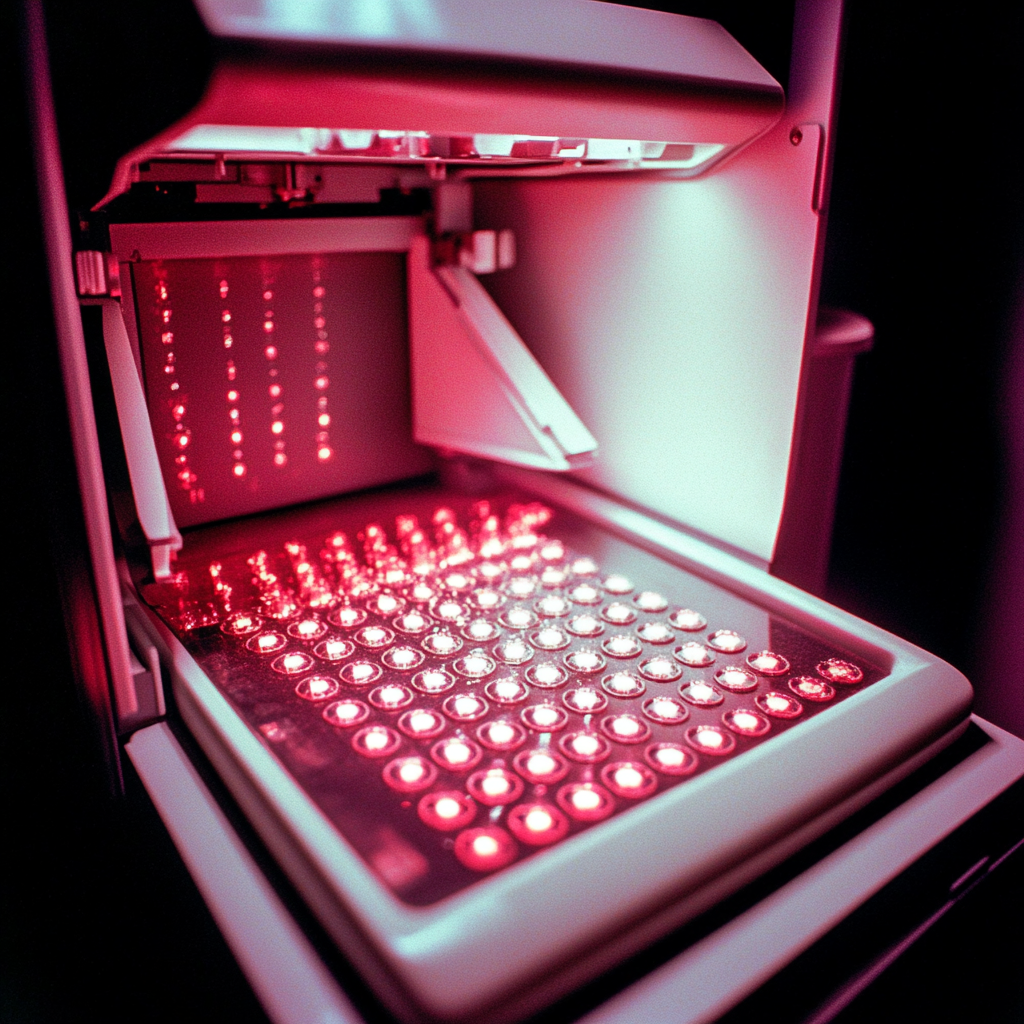Orphanet J Rare Dis. 2025 Apr 25;20(1):199. doi: 10.1186/s13023-025-03693-5.
ABSTRACT
BACKGROUND: Barth syndrome (BTHS) is a rare, X-linked disorder that stems from mutations in the TAFAZZIN (TAZ) gene with varying disease severity among patients. The Barth Syndrome Symptom Assessment (BTHS-SA) is a patient-reported outcome questionnaire developed to assess BTHS symptom severity. The current study reflects the first exploration of the assessment’s psychometric performance.
METHODS: The BTHS-SA was administered in TAZPOWER, a phase 2, randomized, double-blind, placebo-controlled crossover study to evaluate daily subcutaneous injections of elamipretide in subjects with genetically confirmed BTHS. Descriptive and correlational analyses were used to assess the score distributions, reliability, and construct-related validity of BTHS-SA items and domains including a two-item (2 FS), three-item (3 FS), and four-item (4 FS) fatigue score, and a five-item myopathy score (5MS).
RESULTS: Among the N = 12 white males (M age = 19.5, SD = 7.7) participating in the TAZPOWER trial, overall symptoms were rated as mild (n = 5, 41.7%), moderate (n = 5, 41.7%), severe (n = 1, 8.3%), or very severe (n = 1, 8.3%). Descriptive statistics for the BTHS-SA scores indicate variability of symptom severity both within symptom cluster and across patients. Promising results were found for both internal consistency (α = 0.67, 0.72, and 0.66 for the 3 FS, 4 FS, and 5MS, respectively) and test-retest reliability (ICC values ranging from 0.79 to 0.94 across two test-retest intervals). Correlational analyses showing moderate to strong relationships to other patient reports of fatigue (e.g., r = 0.59, 0.76, 0.68, and 0.61 between the PROMIS Fatigue SF and the 2 FS, 3 FS, 4 FS, and 5MS, respectively) and symptom severity (e.g., r = 0.60, 0.62, 0.56, 0.53 between a patient global rating and the 2 FS, 3 FS, 4 FS, and 5MS, respectively) support the measure’s convergent validity. A similar pattern of relationships was observed when correlating changes in BTHS-SA scores to reference measures, including moderate to strong relationships between the BTHS-SA and direct patient reports of change (r = 0.81, 0.79, 0.82, and 0.80 between a global impression of change score and the 2 FS, 3 FS, 4 FS, and 5MS, respectively).
CONCLUSION: Though the small sample size limits strong conclusions, this analysis suggests the BTHS-SA can produce reliable scores upon which valid inferences may be drawn. The BTHS-SA may be a useful tool to evaluate treatment benefits in this underserved population.
TRIAL REGISTRATION: ClinicalTrials.gov identifier, NCT03098797. Registered 05 May 2017, https://www.
CLINICALTRIALS: gov/study/NCT03098797 .
PMID:40281531 | DOI:10.1186/s13023-025-03693-5
